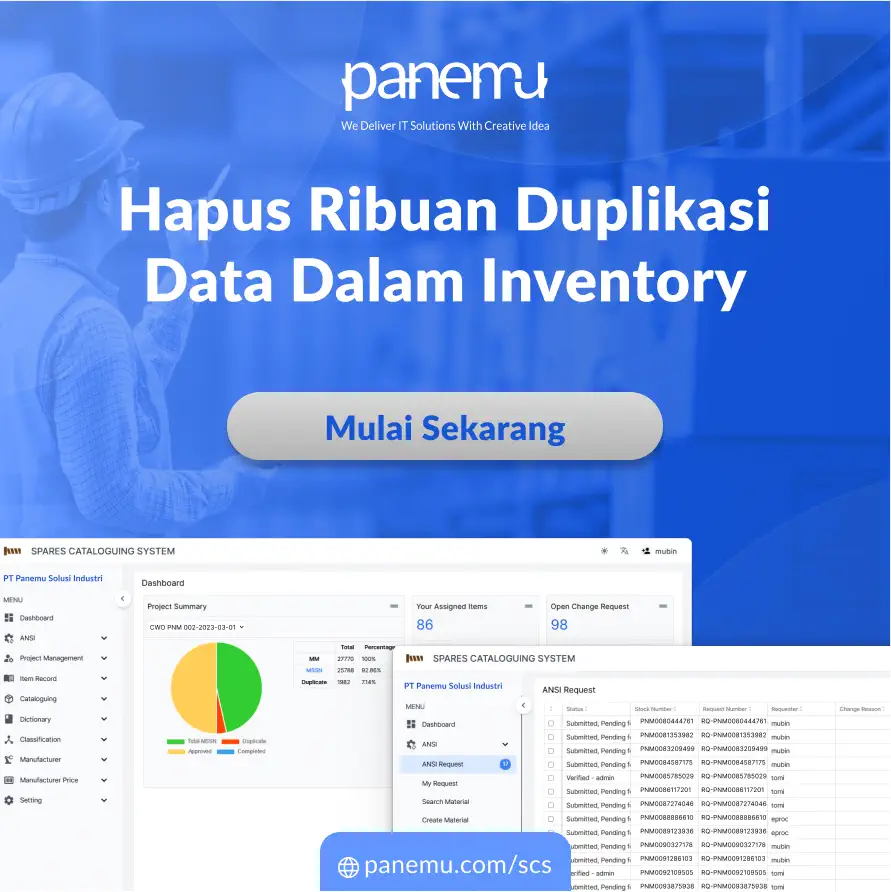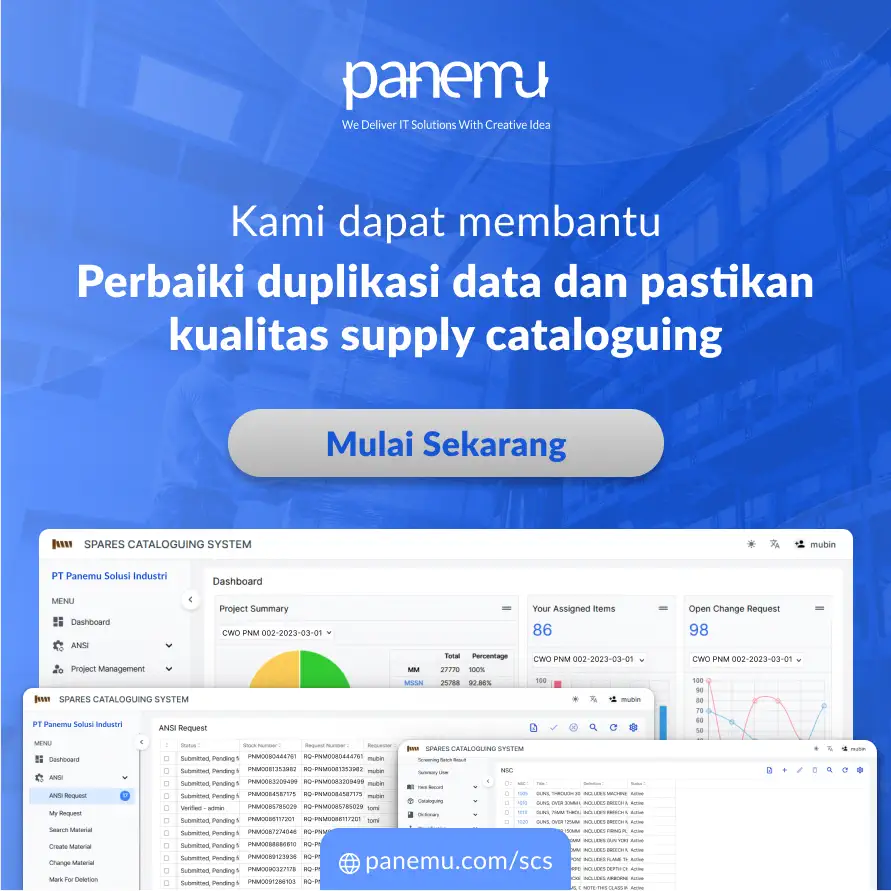The Foundation of Operational Success
Inventory management is not just a routine aspect of modern business; it is a key pillar in a company's operational success. In this context, the role of cataloging on the material master becomes crucial, building the foundation for a resilient supply chain.
1. Harmonize the Procurement Process: Simplify the Procurement Team Without Constraints
Cataloging on the material master is a step towards harmonization within the procurement team. What if teams could generate purchase orders seamlessly, with clear guidance at every stage? Not only does this mean an accelerated process, but it also gives the team the freedom to explore the best options without being constrained by confusing details.
2. Goods Receiving Transformation: Efficiency Without Chaos
Receiving, which is often plagued by chaos, can be revolutionized through uncluttered cataloging. The receiving team can quickly verify orders, ensure the quality of goods, and proceed to the next stage in the supply chain. Cataloguing not only manages data, but also shapes a smooth operational experience.
3. Balance of Team Diversity: Ensuring Uniformity in Understanding
In a growing organization, team diversity is a necessity. How do we ensure that each individual has a uniform understanding of each item? The answer lies in cataloging. It is not just a list of information, but a guide for every individual in the company to speak the same language about each product or item.
4. Alternative Supply: Sustainability Above All
Cataloging is not just about price lists. It involves providing supply alternative information with business sustainability in mind. By incorporating factors such as stock availability, durability, and environmental impact, companies can make smarter purchasing decisions, keeping the supply chain strong amidst dynamic market changes.
5. Moving Stock Elegantly: Uninterrupted Stocktaking
Stocktaking is no longer a dreaded moment. With proper cataloging, it becomes an organized and efficient process. Teams can quickly identify storage locations, ease the picking process, and make every stock moving activity a coordinated move.
6. Create Consistency in Every Detail
Duplication of items and inconsistent information are the main enemies of inventory management. Cataloging is the key to creating consistency. It's not just about the numbers, but also about creating a uniform narrative for every item in every corner of the company. Consistency is the key to achieving efficiency.
7. Managing Inventory Value Wisely
Dead stock becomes a problem when we don't know what we have. Cataloging is the answer. By reducing duplication and managing inventory wisely, we not only avoid dead stock, but also keep inventory value relevant.
8. Calculating Every Value: Inventory Impairment and Cost
Reducing inventory value is not about reducing the value of the company, but about carefully counting every value. Cataloging is the tool that allows us to do so. By knowing exactly what we have, we can allocate resources more efficiently, lower inventory costs, and make smarter business decisions.
Get information related to master data management, supply cataloguing, utilizing technology for business and other important articles by read more our important articles below.

